
With most of its inhabitants having unmet needs, it is no...

With a total surface of 50,483 sq. kilometers and coasts extending some 900 kilometers, the state of Quintana Roo is conformed by the territory attached to the continental shelf and by the islands of Cozumel and Isla Mujeres.
It is worth noting that the virtual frontier between the Gulf of Mexico and the Caribbean Sea is located within the state's juristiction, which provides the entity with a wide variety of marine species within its waters. In addition, some 120 bird species have been reported to live or nest in the region. The area actually belongs to the sanctuary called Playa Isla Convoy, a heaven aimed at the protection of endangered types of tortoise that lay eggs along the coasts, and known as the Carey, White and Caguama tortoise.
Just as is the case across the Yucatan peninsula, Quintana Roo is formed by flat territories, limestone caves, hollows and natural wells known as cenotes. It also contains the Hondo, Azul, Escondido and Ucum rivers, as well as numerous lagoons.
Climate in the region is mainly hot and sub-humid with rainy summers and an average annual temperature of 27 degrees centigrade.
The state is home to no less than 3 million hectares of jungle, the largest surface in the country for this kind of habitat, as well as to a wide variety of environments such as coastal plains, coral reef, beaches and coasts which turn the state of Quintana Roo into nothing short of a natural treasure.
In total, 25% of the state's surface, including the full length of the coasts, is protected by the state or federal governments. Some of the protected natural reserves include the Banco de Chinchorro, Sian Kaan and its coral reef, as well as the National Parks at Costa Occidente or "West Coast" and located at Isla Mujeres island, Punta Cancun, Punta Nizuc, Tulum, and the coral reefs of Cozumel and Xcalak.
The state is also home to a wide variety of tropical flora and fauna, such as the tiger cat, monkey, pheasant, toucan, cardinal, brocket, tapir, lizard and white heron; while its waters are occupied mainly by shark, grouper, shad, dogfish, red-snapper and black coral, as well as some endangered species such as manatee and tortoise. The type of flora standing out within the thick tropical jungle includes red cedar, mahogany and silk-cotton trees, as well as the chicozapote species used for rubber production.

With most of its inhabitants having unmet needs, it is no...
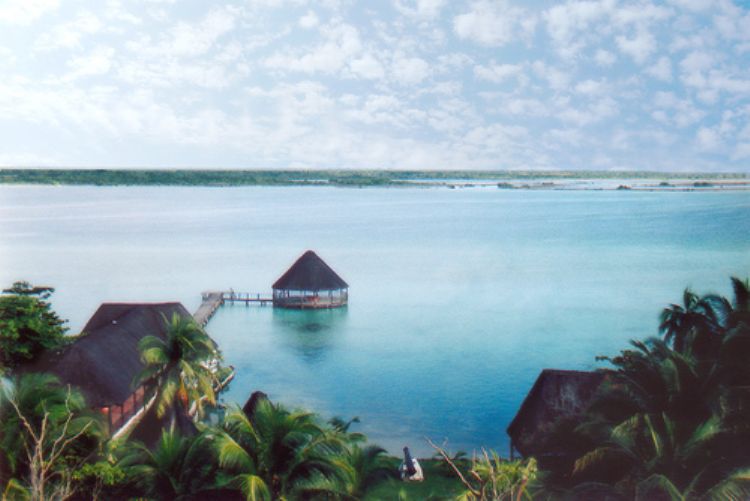
Bacalar is located to the north of Chetumal in Quintana R...
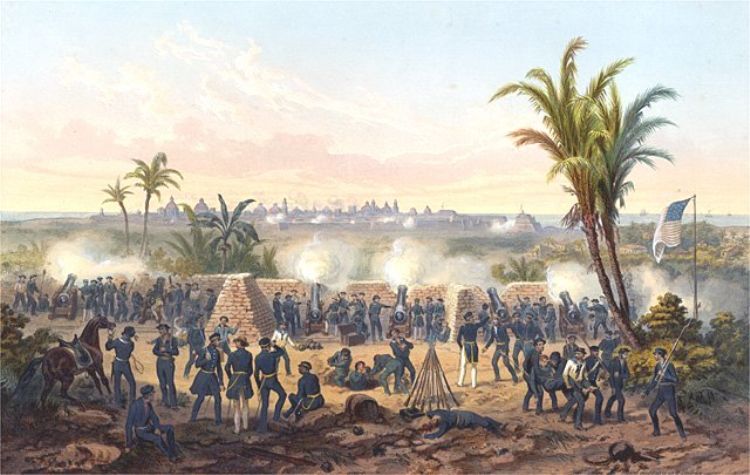
The Mexico â United States war was an armed conflict be...

Mexican syndicalism originated during the first decades o...

Bacalar is located to the north of Chetumal in Quintana R...
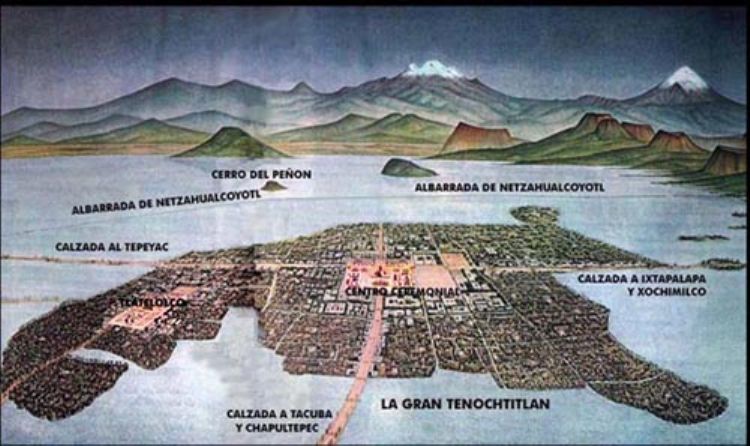
Europe became very interested after the discovery of Amer...

Mexican cuisine, rich in its variety and ingredients, shi...
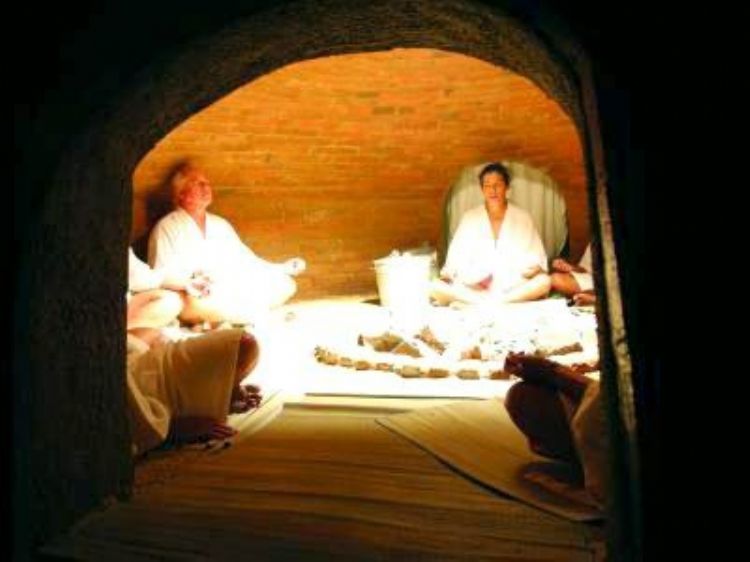
Temazcal is a word of Nahuatl origin formed by temaz â ...
.jpg)
It is very common in Mexico to hear fantastic stories tha...

Lately, this seems to be the hot topic no matter the soci...
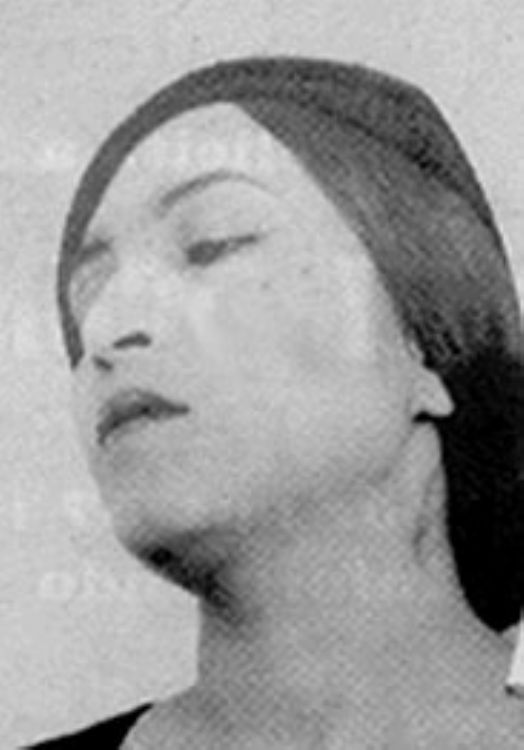
One of the most important painters of Mexican art during ...
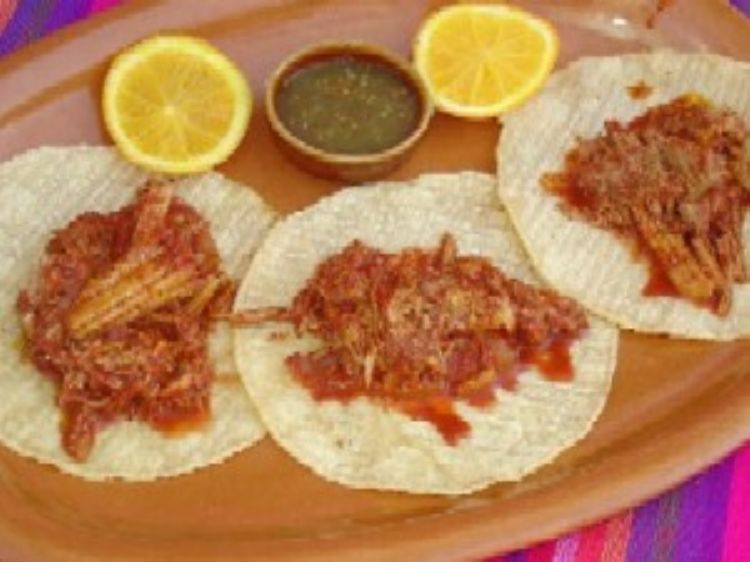
Cochinita pibil is the most famous dish originated in Yuc...
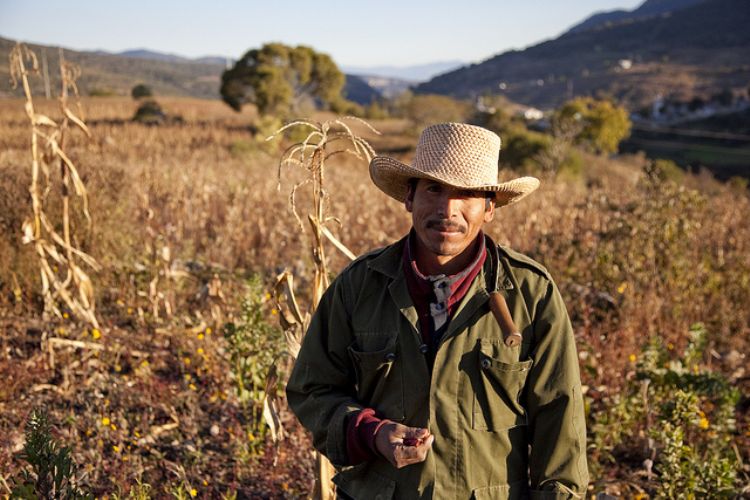
Even though agriculture in Mexico occupies a minor role i...
.jpg)
Mexico offers mountain climbers tempting peaks to explore...
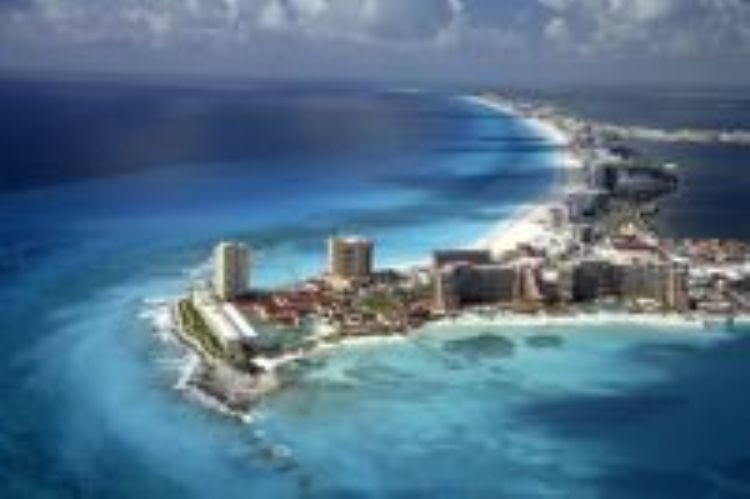
Cancun is Mexicoâs most important tourist destination, ...
.jpg)
The interpretation of the crisis lived by Mexico in 1994 ...
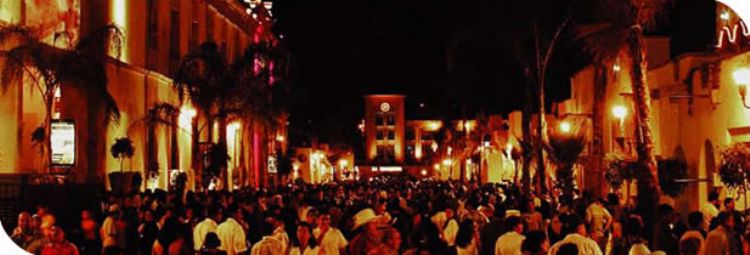
Patron saint celebrations in Mexico date back to the colo...
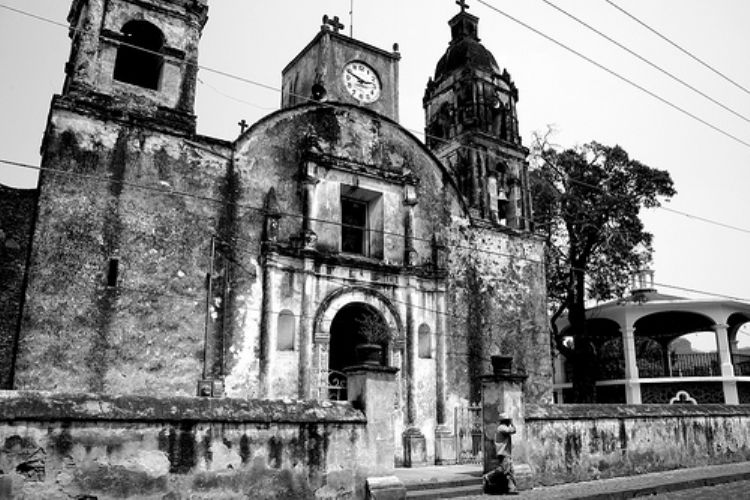
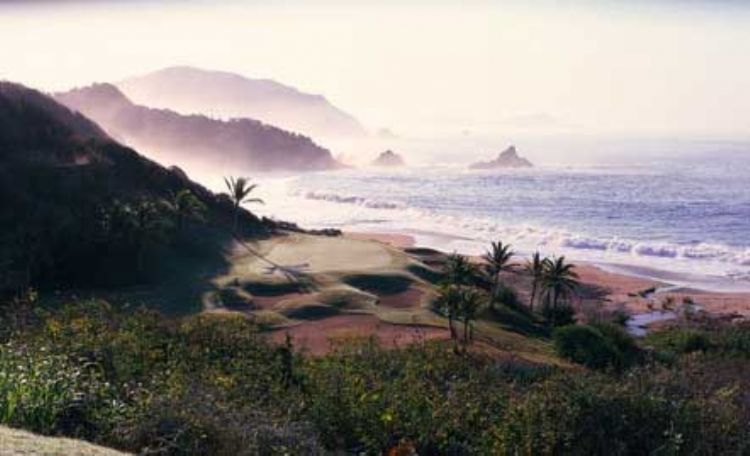
Costa Alegre is located in the south of the State of Jali...